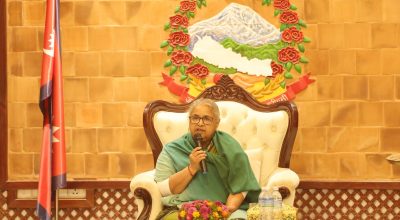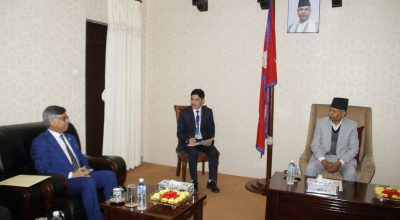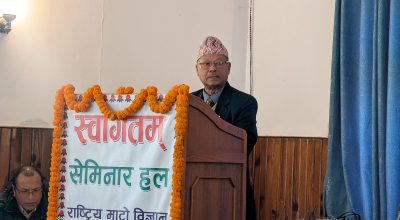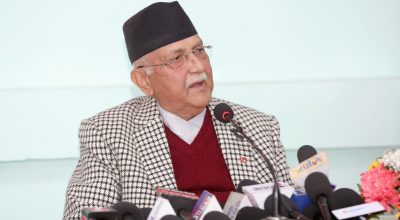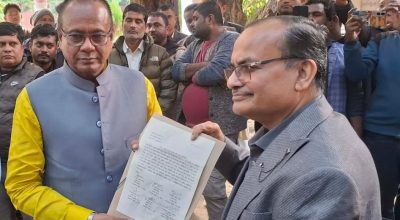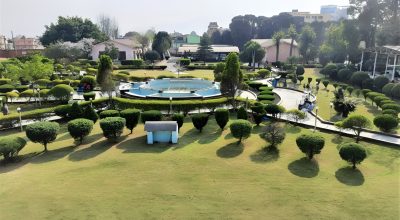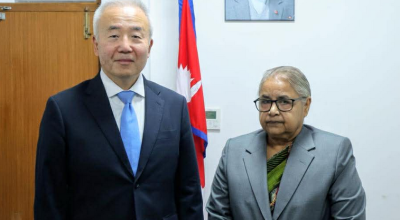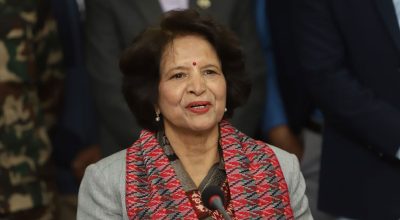
Kathmandu, July 10: With the decreasing population, increasing migration and the influence of private schools in urban areas, more than 50% of the country’s public or government schools have less than 100 students. Even though initiatives from the government and non-government sector continue to improve public education, more than half of the total community (government) schools have less than 100 students.
According to the educational information released by the Ministry of Education recently, the number of public schools with less than 100 students in 2080 BS is 15,965. This number is 57.03 percent of the total number of public schools (27,990). In the financial year 2076-77 BS, the number of public schools that were less than 100 was 14,000, and even the policy of school adjustment (merger) has been implemented, the number of schools with fewer students has increased.
Community schools with 100 to 500 students are 9,704, 501 to 1,000 students are 1,636, 1,001 to 1,500 students are 409, 1,500 to 2,000 students are 136. The number of community schools with more than 2,000 students is only 100.
Currently, there are 35,876 schools (from basic level to grade 12) including 27,900 community and 7,886 institutional (private). In the year 2079 BS, there were 36,502 schools including community, institutional and religious schools.
According to the statistics of Education, Development and Human Resource Development Center in 2080, in both community and institutional level, there are 17,617 schools for basic level up to grade 5; 6,767 schools in basic level up to grade 8; 6,672 schools in secondary level up to grade 10. Likewise, there are 4,820 secondary schools up to grade 12.
The Director General of the Center, Dipak Sharma, says that many public schools have fewer students due to the declining birth rate, increasing number of students in institutional (private) schools in urban areas, and increasing migration of citizens from rural to urban areas.
For example, there are only 11 families in Rolwaling of Dolakha district and there are only eight children of school age. The government cannot close or merge that primary school as these children cannot walk two hours for school in another village, he shared.
In the school adjustment policy, there is a provision to merge with a nearby school if there are less than 15 students in a public school that is less than half an hour’s walk away.
Director General Sharma said that because the Free and Compulsory Education Act, 2075, children should be given free education in schools that have access to the basic level, even if there are fewer students, schools in remote villages have been maintained. In the policies and programs of the next fiscal year, the government plans to map and restructure technical programs in public schools, encourage local levels to conduct technical programs in schools, and implement special programs for students who have passed grade 10 for skill development in various fields.
In this policy and program, which aims to reform the education system, necessary arrangements will be made to transfer knowledge, skills and experience from senior citizens to the new generation of children and youth, and to make school education technology-friendly, to reduce the inequality in teaching and learning, and to increase access to quality education for all. It is mentioned that the concept of ‘one smart school’ will be implemented.





